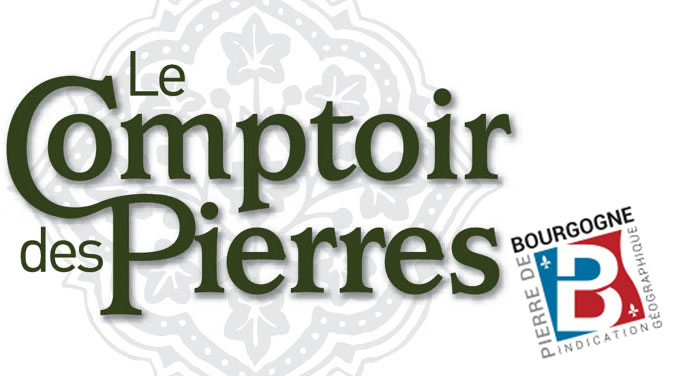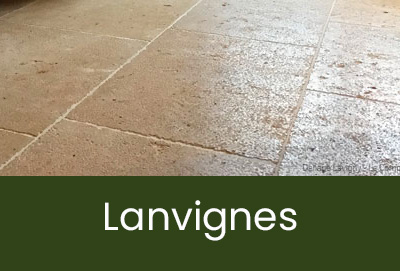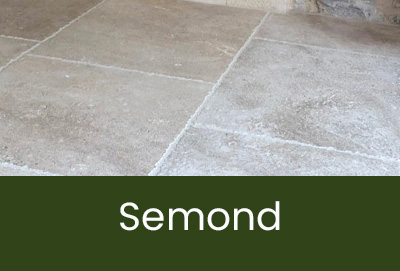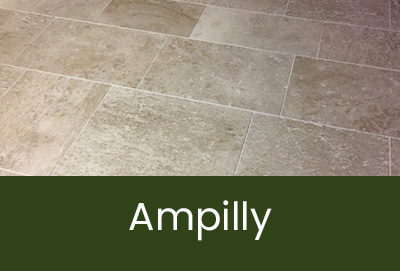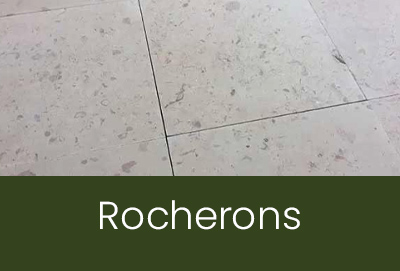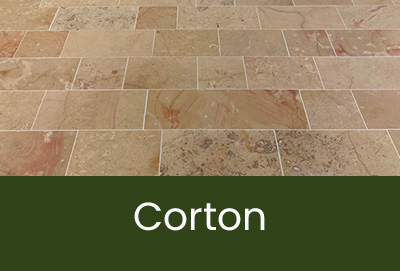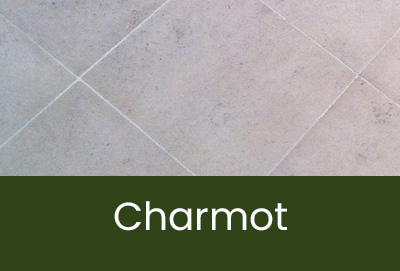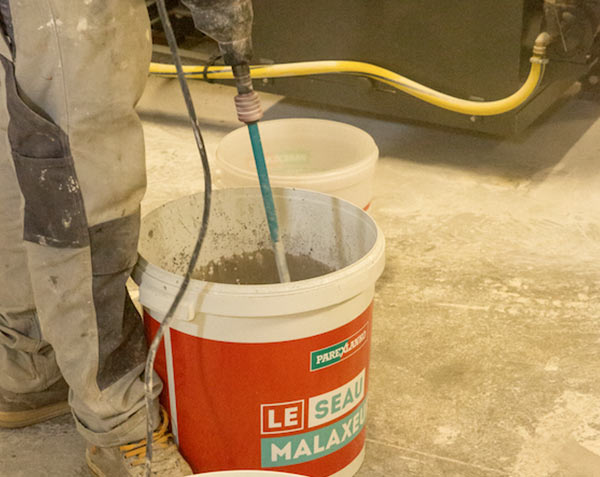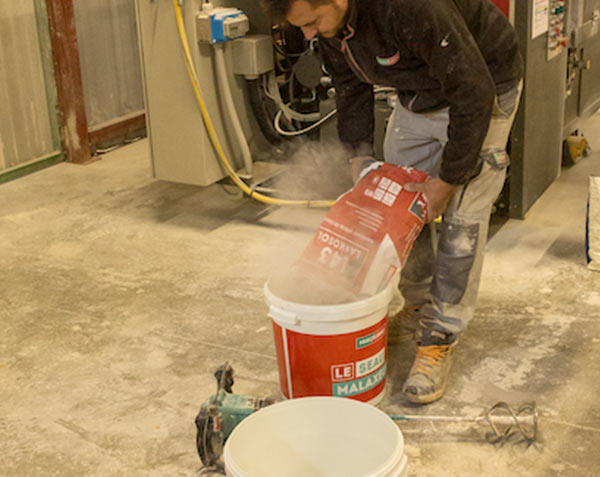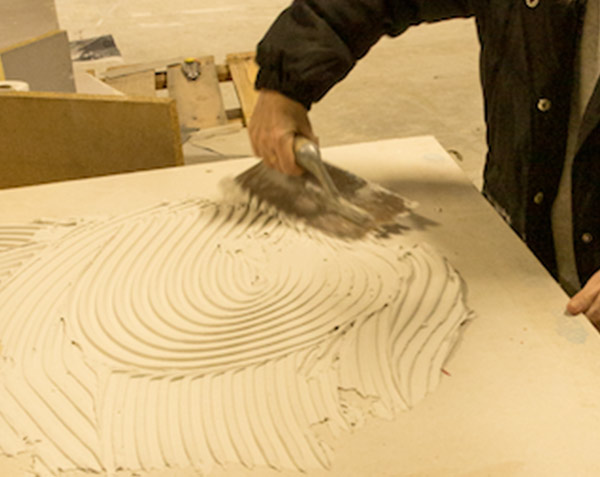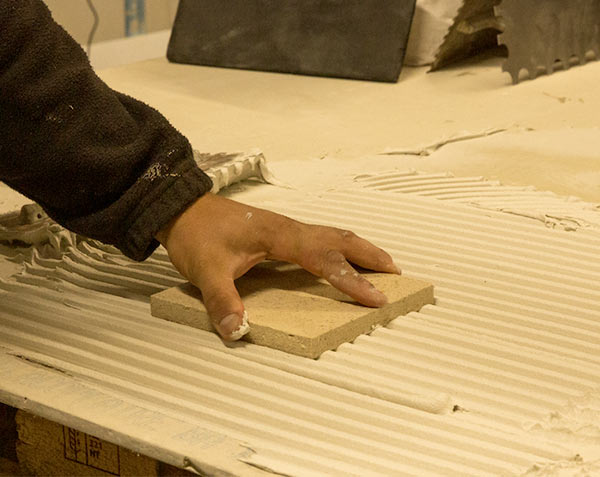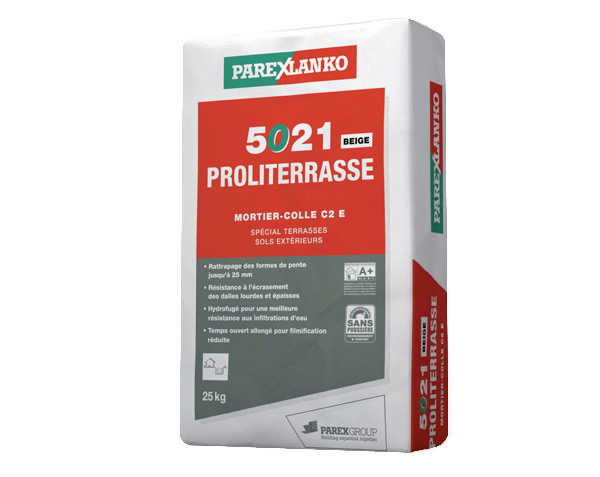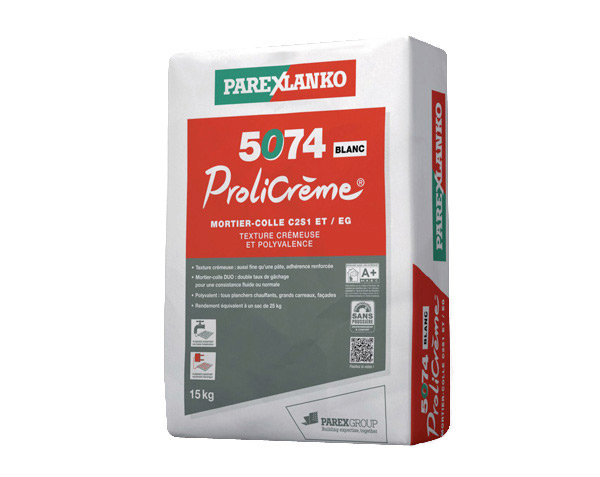Tile adhesive - which one to choose ?
Tile adhesive: The choice of adhesive, which is solely a technical and not an aesthetic choice, comes after the selection of your stone flooring or paving. Depending on your project: interior or exterior, with or without underfloor heating... the suitable adhesive will vary.
Classification of tile adhesives
Tile adhesives correspond to a powder ready to be mixed, meaning to be blended with water according to a proportion defined by the manufacturer (referred to as mixing ratio). As an indication, this ratio is often around 20-22%, which means 5 liters of water for 25 kg of adhesive. One should refer to the technical data sheet or the back of the adhesive bag. A mortar consists of a binder, sand (called filler), and water. The binder is usually in the realm of natural stone, white cement, or lime. The letter "C" is assigned to all tile mortars.
Adhesives also exist in the form of a ready-to-use paste, generally available in largeDIY stores. This is not suitable for renovation projects but rather for minor touch-ups on a (very) small surface. The letter "D" is attributed to adhesive pastes. The last category of adhesive is the reactive mono or bi-component adhesives. They generally contain a hardener and are used to assemble elements subjected to heavy loads. The use of the adhesive once prepared is limited in time. The letter (or symbol) for this type of adhesive is "R."
The main questions to ask for tile adhesives : mortar adhesive, flexible adhesive, double gluing...
To make the right adhesive choice, the main factors to consider are as follows : Is my project for interior or exterior use ? Does it have underfloor heating ? Is it an anhydrite screed ? What is the maximum size of the tiles to be bonded ?
For underfloor heating systems, it's necessary to use what's called an improved deformable mortar adhesive (often also referred to as "flex" adhesive). We recommend Parexlanko's Prolicrème adhesive, which has a very creamy texture and reduced dust emission. This adhesive is suitable for both water and electric underfloor heating systems.
For tiles larger than 60 x 60 cm (3600 cm2), it's also necessary to use an improved deformable mortar adhesive. You can identify these adhesives in stores by the indication on the packaging: C2S. This classification applies regardless of the adhesive brand (Parexlanko, Weber, distributor brands, etc.). Optional characteristics depending on the project may be useful; they are also specified on the back of the adhesive bag. Some of these characteristics include : E : Extended open time; F : Fast setting; G : Fluid (for floor use only); T : Slip-resistant
If the screed is anhydrite, it's necessary to use a special anhydrite screed mortar (based on gypsum) or apply a primer before using a cement-based mortar.
The application of the adhesive indoors or outdoors
The main points for quality implementation are :
1/ Proper preparation of the substrate : flatness (3 or 5 mm under a 2-meter straight edge depending on tile formats), minimum slope of 1.5% outdoors (ensure no counter-slope), drying time of the slab (minimum 28 days) or screed for new substrates.
2/ Adherence to manufacturer's instructions : mixing ratio and time (often 3 minutes), use of an appropriate trowel depending on tile size, adherence to drying times, adherence to maximum adhesive thickness possible: for example, 3 cm with Prolicrème.
3/ Timing of implementation : adherence to temperature and humidity requirements.
